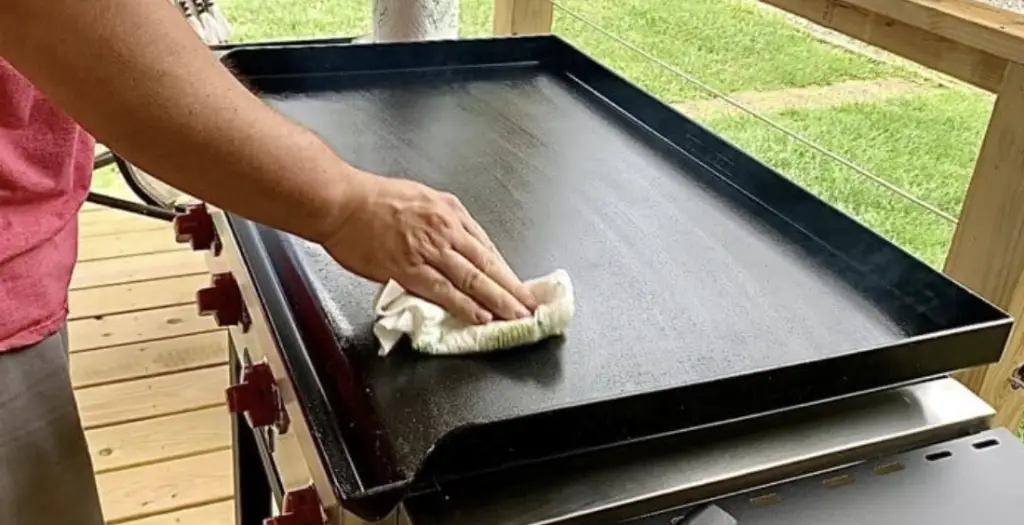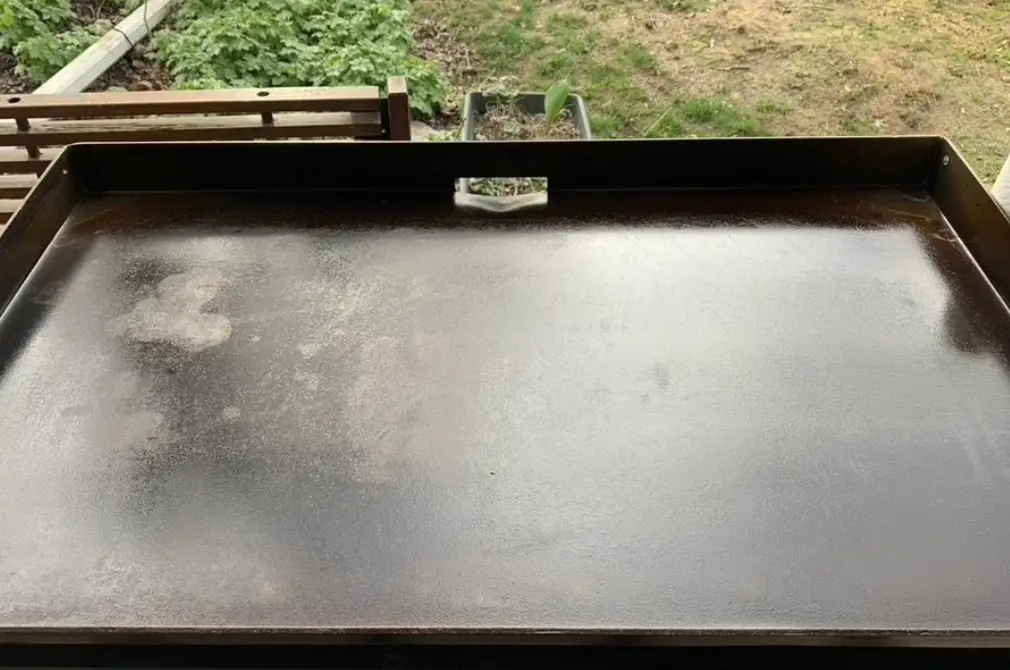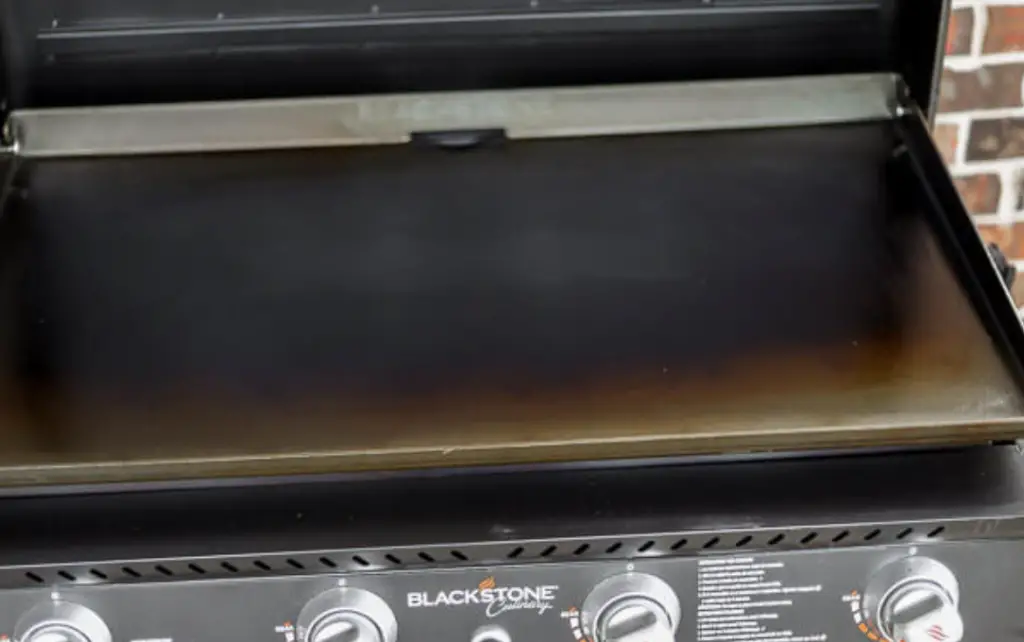Grilling ribs is a mouthwatering culinary adventure that brings friends and family together for a delightful feast. While there are various methods to cook ribs, using a gas grill and foil is an excellent way to achieve tender, juicy, and flavorful results. In this blog post, we’ll guide you through the step-by-step process of cooking ribs on a gas grill in foil, ensuring a finger-licking experience that will leave everyone craving for more.
Choosing the Right Ribs:
Before we dive into the cooking process, it’s essential to choose the right type of ribs. Baby back ribs and spare ribs are two popular choices. Baby back ribs are leaner and smaller, while spare ribs are larger and have more fat, resulting in a richer flavor. Whichever you choose, make sure the ribs are fresh and of high quality.
Ingredients for a Tasty Rub:
A flavorful rub is the foundation of great-tasting ribs. Here’s a simple yet delicious dry rub recipe you can use:
- 2 tablespoons brown sugar
- 1 tablespoon paprika
- 1 tablespoon chili powder
- 1 tablespoon garlic powder
- 1 tablespoon onion powder
- 1 teaspoon cayenne pepper (adjust to your spice preference)
- 1 teaspoon salt
- 1 teaspoon black pepper
Step-by-Step Guide:
Step 1: Preparing the Ribs
- Remove the membrane: On the bone side of the ribs, locate the thin, shiny membrane and use a butter knife to lift and loosen it. Then, grab the membrane with a paper towel and peel it off in one piece. Removing the membrane ensures tender ribs and allows the flavors to penetrate the meat.
- Apply the rub: Generously coat both sides of the ribs with the dry rub, gently massaging it into the meat. Let the ribs sit with the rub for at least 30 minutes to allow the flavors to infuse.
Step 2: Preparing the Grill
- Preheat the gas grill: Preheat your gas grill to around 225°F to 250°F. It’s crucial to maintain a low and steady temperature throughout the cooking process for tender and succulent ribs.
- Create an indirect heat zone: Turn off one side of the gas grill’s burners or set them to low heat. Place a disposable aluminum pan with water on the cooler side. The water pan helps regulate the temperature and keeps the ribs moist during cooking.
Step 3: Foil-Wrapped Cooking
- Wrap the ribs in foil: Lay a large sheet of heavy-duty aluminum foil on a flat surface. Place the ribs on the foil and tightly wrap them, creating a sealed packet.
- Grill the foil-wrapped ribs: Place the foil-wrapped ribs on the cooler side of the grill, directly over the water pan. Close the grill’s lid and cook the ribs for about 2 to 2.5 hours. The low and slow cooking method ensures the meat becomes tender and flavorful.
Step 4: Unwrapping and Searing
- Unwrap the ribs: Carefully remove the foil-wrapped ribs from the grill. Open the foil packet, being cautious of the hot steam, and place the ribs directly on the grill grates over the direct heat zone.
- Sear the ribs: Brush the ribs with your favorite barbecue sauce and let them sear for a few minutes on each side until they develop a beautiful caramelized glaze. Keep an eye on them to avoid burning the sauce.
Step 5: Rest and Serve
- Rest the ribs: Once the ribs are seared to perfection, remove them from the grill and let them rest for a few minutes. Resting allows the juices to redistribute, ensuring juicy and tender ribs.
- Cut and serve: Finally, cut the ribs between the bones and serve them up hot with your favorite sides. Watch as your guests revel in the deliciousness of perfectly cooked ribs.
Conclusion: Grill Master Extraordinaire
With this simple yet effective method of cooking ribs on a gas grill in foil, you’ll become a grill master extraordinaire. The low and slow cooking process in foil helps lock in moisture and flavors, resulting in tender, succulent, and finger-licking ribs that are sure to impress your family and friends.
So, fire up the gas grill, prepare the perfect rub, and enjoy the art of grilling as you create a feast to remember. Let the tantalizing aroma and mouthwatering taste of your foil-wrapped ribs make your next barbecue a sizzling success!



